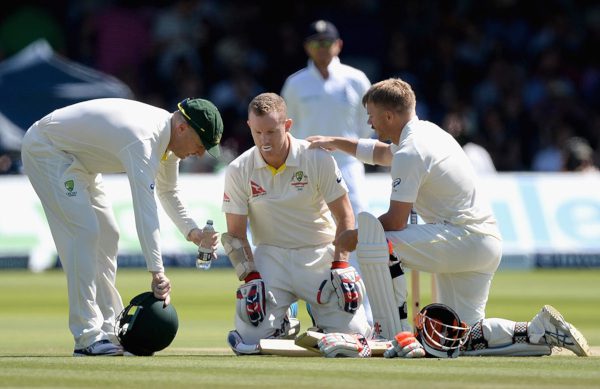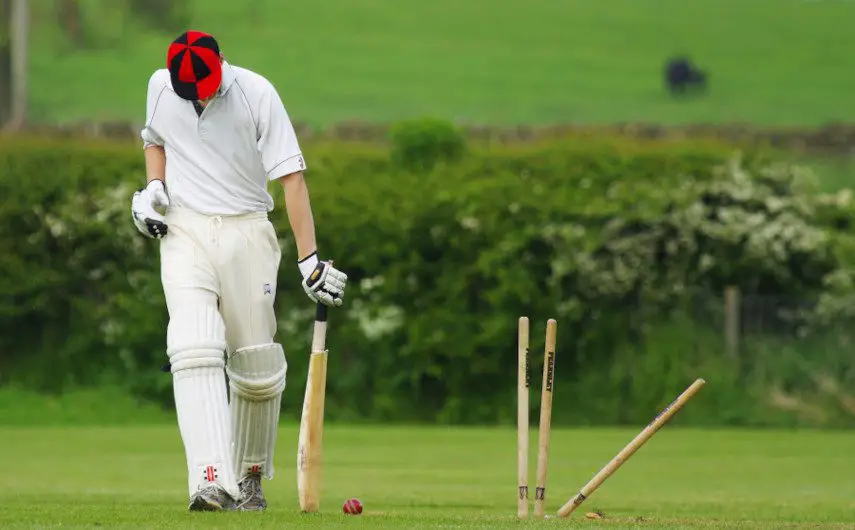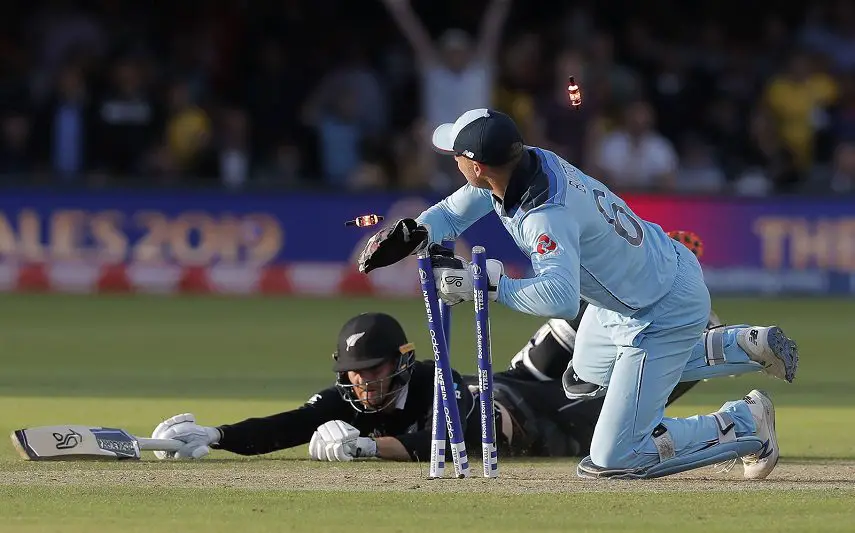Table of Contents
Can an injured player be replaced in cricket? Old laws meant that any sub fielder wasn’t allowed to bat or ball. Under the new concussion law, however, the answer is yes and the substitute can play a full part in the match.
What does Concussion Substitute Mean in Cricket?
The concussion substitute ruling means that a player can be substituted if they have a concussion or suspected concussion. The replacement can take a full role in the game and they are able to stand in fully for the injured player, even if they are unable to return to the match before its conclusion. This means that the substitute can bat or bowl.
The Concussion Substitution Rule
The law was introduced by the International Cricket Council in 2019. Head injuries were becoming an increasing concern in many sports and cricket was no exception. With no provision for full substitutes, there was a danger that a player might want to continue in the match when it wasn’t safe to do so.
The concussion rule was therefore brought in to make cricket safer.

What Can a Concussion Substitute Do?
This is a very important part of the rule and the reason why it’s different to the regular substitute law. Cricket has traditionally allowed teams to have a substitute if a player was injured for any reason. As an example, let’s say that a player has pulled a hamstring and can take no further part in the game.
A sub can be used in this example but they cannot do anything other than field. They are not allowed to bowl and they cannot take the injured player’s place in the batting order.
Under the concussion substitute ruling, the sub can bat, bowl and field and this is the crucial point to the new ruling.
In What Formats of the Game Can a Concussion Substitute Be Used?
At the time of writing in August 2021, concussion substitutes are allowed in all forms of international cricket. This ruling has come from the ICC themselves and therefore covers test matches, one day internationals and T20 internationals for both men and women.
Away from the international arena, decisions lie with the governing bodies of individual countries around the world. In most cases, all forms of the game are covered but it may be the case that only first class cricket will allow for concussion substitutes in certain nations.
What Is a Like for Like Replacement?
Like for like means that the substitute must be a similar type of player to the one that they are replacing. For example, if a specialist batsman has been concussed and has to leave the match, another batter must replace them.
It would be unfair, in this scenario, to bring in a specialist spinner if the pitch is starting to turn and that’s why the like for like rule is in place. Similarly, a bowler should be replaced by a similar bowler in the event of the concussion rule being brought into play.

Cricket Substitutes FAQ
Who was the First Concussion Substitute?
The first concussion substitute under the ICC ruling was Australia’s Marnus Labuschagne who deputised for Steve Smith at Lord’s in 2019. Smith had been hit by a Jofra Archer bouncer and subsequently left the game.
It was unfortunate for Smith but a good break for Labuschagne who scored 59 in the second innings and went on to enjoy a successful international career.
Other Notable Concussion Substitute Examples

(Matt Parkinson on England debut (c) Matt Harris)
In the 2022 test match between England and New Zealand at Lord’s England spinner Jack Leach picked up a concussion while fielding on the boundary. The incident came in New Zealand’s first innings and Leach hadn’t bowled at that point.
The selectors called up Matt Parkinson as his replacement. This was an interesting one, as Parkinson is a right arm leg spinner and Leach is left arm orthodox. While their stock deliveries turn the ball in the same direction, it shows that there is a deal of flexibility in the law.
Parkinson didn’t play a huge role, but he did claim a test match wicket as Tim Southee was caught by Joe Root in the slips. Unlike Marnus Labuschagne, Matt Parkinson was unable to take advantage of his inclusion, and this is likely to remain as his one and only test match appearance.
What is the Difference Between a Concussion and a Tactical Substitute?
A concussion substitute is now allowed under the laws and players are able to replace those who have been concussed during the course of the game. A tactical substitute might be brought in to replace an underperforming player or to exploit a change in conditions.
In general, tactical substitutes are not allowed in cricket although they have been trialled in competitions such as the Big Bash. The Indian Premier League has also introduced a tactical sub ruling.
What is a Covid-19 Substitute in Cricket?
This rule was introduced in June 2020 as a reaction to the Covid Pandemic. Under the law, a player could be replaced by a substitute if they tested positive for Coronavirus. The affected player would then be quarantined and be unavailable for the rest of the match.
The substitution is intended to follow similar guidelines to the concussion ruling so the player coming into the game would be able to play a full part in the match.
Examples of Covid Substitutes
There have been a number of Covid substitutes since 2020, and there will be many more while the condition is still with us. The first ever Covid Sub was Ben Lister, who replaced team mate Mark Chapman, in New Zealand’s domestic Plunkett Shield in October 2020.
In international cricket, the first switches saw a double substitution arise for South Africa. In a test match against Zimbabwe in April 2022, Sarel Erwee and Wiaan Mulder were replaced by Khaya Zondo and Glenton Stuurman.
Closing Thoughts
I think it’s good that some common sense has come into cricket with this ruling, but there is some way to go. While batting in a County Championship match for Essex in 2024, Jordan Cox had to leave the field in some pain, and eventually he had to have his appendix removed.
Under the current ruling, there was no scope for a full substitute, and Cox’s replacement could only field. This seems harsh, and maybe there should be scope for the law to be widened to include other medical cases in the future.


